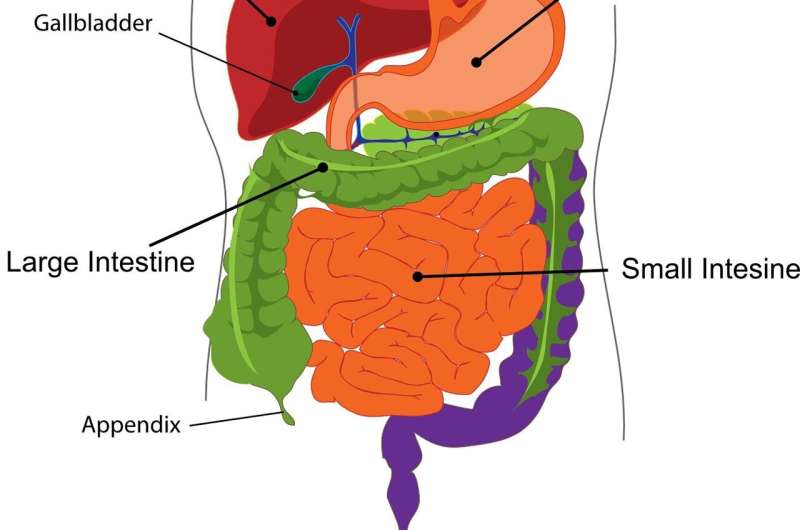Understanding UV Tracking and the Importance of Sun Protection: Insights from a Dermatologist

Learn how UV tracking trends influence sun safety practices and why using sunscreen, protective clothing, and smart outdoor habits are essential to prevent skin damage and skin cancer.
This summer, social media platforms like TikTok and Instagram have popularized a new trend: "checking the UV." Younger generations, especially Gen Z, are monitoring daily UV index levels to determine the optimal time to expose their skin for tanning. Interestingly, many are choosing to go outside during times when the UV radiation is at its peak, believing that this will lead to quicker or better tanning results.
However, dermatologists are raising concerns about this behavior. While paying attention to the UV index indicates an awareness of sun exposure, it can also lead to risky practices if individuals chase high UV times instead of avoiding them. Tanning, whether intentional or not, is a sign of skin damage. The skin's response to UV damage, manifested as a tan, is actually a warning signal indicating DNA injury beneath the surface.
The UV index itself measures the strength of ultraviolet radiation reaching the Earth's surface, considering factors such as time of day, altitude, cloud cover, and ozone levels. The scale ranges from 1 to 11+, with higher numbers indicating an increased risk of skin damage. For instance, at a UV index of 11, some lighter skin tones might burn in less than five minutes, while darker skin tones may not burn but are still subjected to invisible damage.
Engaging in outdoor activities during peak UV hours exposes the skin to intense radiation, which can cause immediate effects like sunburns and tans, and long-term issues such as premature aging, hyperpigmentation, and skin cancers including melanoma. Importantly, no skin tone is immune to UV damage; darker skin may be less prone to burns but still accumulates harmful effects over time.
Another misconception is the idea of a "base tan" offering protection. In reality, a tan is the skin's protective response to injury—the production of melanin to shield internal cells. Relying on a tan for protection is misleading, as it still involves skin damage. Even individuals with darker skin tones are susceptible to UV-induced harm, increasing the risk for hyperpigmentation and cancers that are often diagnosed later.
With the misinformation circulating online questioning the safety or necessity of sunscreen, dermatologists emphasize its vital role. Sunscreen is a proven, effective barrier against harmful UV rays and is essential for skin cancer prevention and delaying signs of aging. Some myths, such as the belief that sunscreen is toxic or environmentally damaging, are based on misconceptions; the truth is that mineral sunscreens like zinc oxide and titanium dioxide are safe and eco-friendly options.
For those seeking to enjoy sunny days responsibly, multiple strategies can reduce risk. Using protective clothing with UPF 30+ ratings, seeking shade during peak hours, applying broad-spectrum SPF 30 or higher generously and reapplying every 90 minutes, and wearing wide-brim hats and UV-protective sunglasses can all protect the skin effectively. Additionally, supplements like polypodium leucotomos may offer some extra protection but should complement, not replace, sun safety measures.
In summary, awareness and smart sun habits are key to long-term skin health. Avoiding peak UV hours, staying cautious with sun exposure, and consistently using protective measures will help prevent immediate damage and reduce the risk of skin cancers later in life. Remember, enjoying sunshine responsibly means protecting your skin today for a healthier future.
Stay Updated with Mia's Feed
Get the latest health & wellness insights delivered straight to your inbox.
Related Articles
New Research Highlights How Skin Bacteria Help Protect Against Sun Damage
Discover how your skin's microbiome can naturally protect against sun damage by metabolizing UV-induced molecules, offering new insights into skin immunity and sun protection.
The Impact of Patient Frailty on Lung-Protective Benefits in Personalized Diabetes Treatment
A large-scale study reveals how patient frailty influences the effectiveness of diabetes medications in protecting lung health, guiding personalized treatment strategies for better outcomes in diabetes and COPD management.
Bindi Irwin Undergoes Emergency Appendectomy: Understanding Appendicitis
Bindi Irwin recently underwent emergency appendectomy due to a ruptured appendix. Learn about appendicitis, its symptoms, and treatment options to understand this common condition better.
Persistent Gastrointestinal Issues More Common in Autistic Children
Autistic children are more likely to experience long-lasting gastrointestinal problems, which can impact behavior, sleep, and overall health. A recent UC Davis study highlights the importance of addressing gut health in autism care.



